Electronic Road 1x One Step Closer
Shimano made a road 1x electronic several years ago, without meaning to. Recently it released an upgrade, for some of us, again without 1x really in mind. Earlier this month I took Shimano up on the 1x road electronic offer it didn't make.
Shimano's original 1x electronic workaround involved using its mountain bike M8050 Clutched Rear Derailleur along with Di2 shifters. This June Shimano took another step, however unwittingly, with the Ultegra Di2 RX805 (and mechanical RX800).
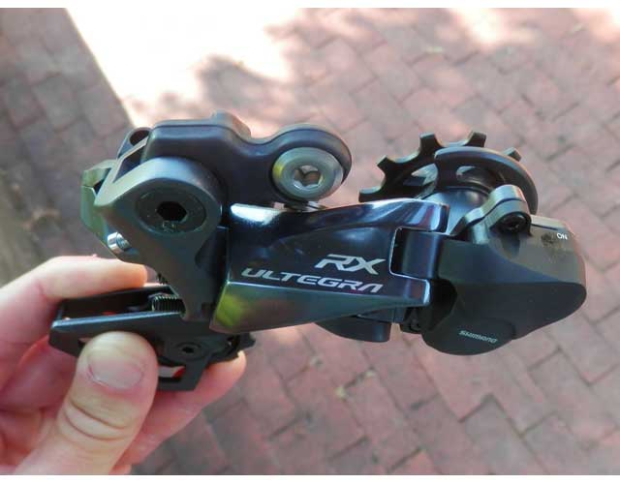
What Shimano did, with these two new derailleurs, was build a clutch into a 2x derailleur to quiet chains on rough surfaces. While it's a nice derailleur for cyclocross, its clear market is the rising gravel craze.
Whether a clutch is needed in a 2x derailleur is a good question, which I'm not prepared to answer today. A clutch is undeniably necessary for 1x.
I paired the new RX805 with a SRAM crank and SRAM's Force 1 X-Sync chainring (which is SRAM's dedicated 1x chainring). Shimano's electronic shifters for tri/tt are all compatible with all its electronic derailleurs, both road and offroad, and what I have on my bike are Shimano's 1-button shifters on my aerobars (the perfect shifters for tri electronic 1x) and 2-button shifters on my pursuit levers (the legacy of a former 2x set up I was riding).
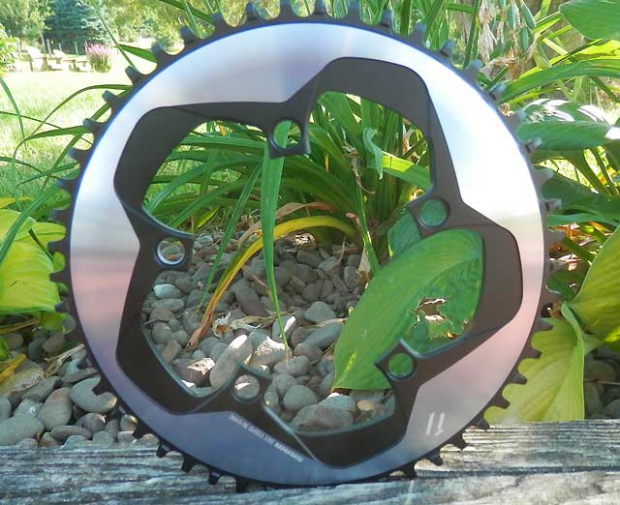
Before I go further, you might ask whether electronic shifting is even necessary for 1x. Fair question, especially if you take the view that front derailleur performance is electronic's biggest asset. Nevertheless, for those who want an electronic solution for 1x here's a lighter (by about 50 grams), sleeker, roadish RD. (While SRAM led the way in the clutched derailleur department, they have yet to offer an eTap option for 1X.)
Trek Segafredo outfitted its bikes with the RX805 this year and used it in races like Paris-Roubaix.
The RX does not come without some compromises if you use it for 1x, most notably the cassette range; the RX805 is only rated to 11-34. That's fine for 2x gravel, actually a slightly wider range that SRAM's WiFli, which is limited to 32 teeth. Still, is that a low enough gear for tri if you're using it as a 1x?
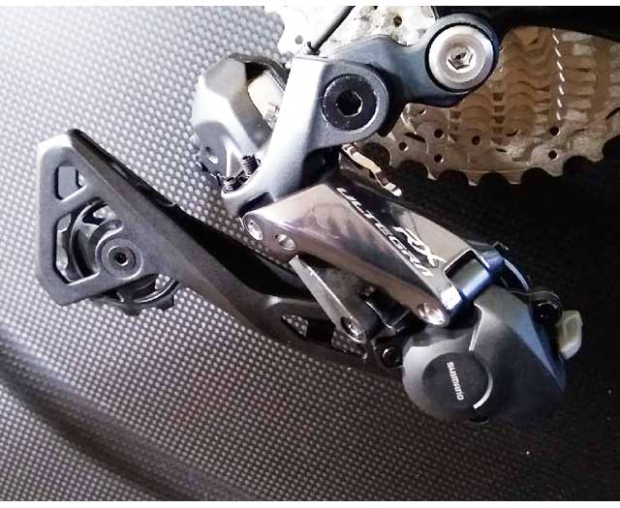
If your 2x was geared 53×39 and 11-25, your lowest gear (39×25) is a 41.03" gear. If you have that 53-tooth cog on a 1x system, with 34 teeth as your easiest gear, 53×34 is precisely the same gear. So, you're pretty good there.
If you rode, say, a 50×34 with that 11-25, the 34×25 is 35.77" gear. Your lowest 1x gear using a 50-tooth chainring is 50×34, which is a 38.66" gear. Here's where the limitation is exposed.
I'm fine with 11×34 and a single ring in front because I don't race on hills steep enough to require a gear lower than this range will give me. If I did, I still have that option – I could still ride an electronic 1x Shimano transmission, but now I'm back to the XTR (mountain bike) rear derailleur on my tri bike.

To get an 11-34 cassette in the Shimano line you need to jump to the HG800 cassette, which is still in the Ultegra line but doesn't carry the standard R-8000 (Ultegra road) label. The HG800 is versatile: it's an 11sp cassette that'll go on a 10sd freehub, which is done by cantilevering the largest sprockets. This means you must use a supplied spacer when putting it on an 11 speed free hub.
Is there a loss of power using the clutched derailleur? In an article featured in the May 2018 edition of CX Magazine written by Zachary Shuster, Shimano reps state the increased tension of the clutch might increase drag. (SRAM maintains there's no increase in drag with its 1x system.) This could lead to a small but noticeable loss of power, but they say it's primarily in the mechanical version. With my power meter on the trainer I have not been able to tweeze out any power loss with the clutch engaged.
The derailleur comes with a switch giving you the option of turning it on and off so if this potential power loss is a concern you can always turn the clutch off and eke out every last watt, still, why would buy this derailleur for 1x if you're not going to use the clutch?
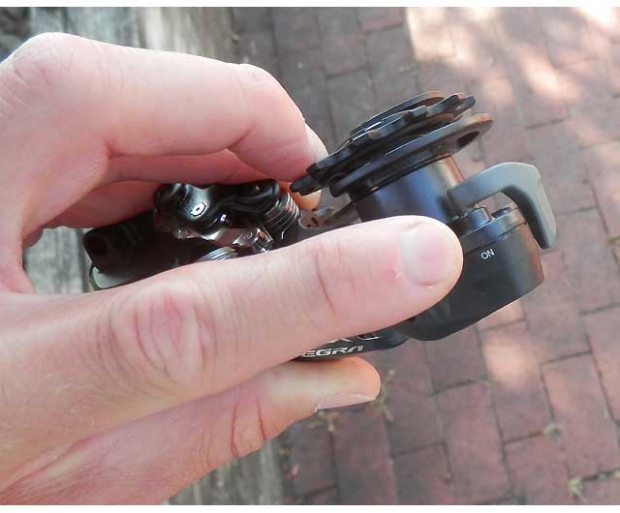
The clutch does have a cover so you can adjust the tension, but whether lowering the tension will effect things like lost power or drain on the battery I'm unsure; I haven't owned this long enough to form an opinion.
When it comes to your wallet, the RX805 is not that bad. It's priced at around $265, depending on your source (I got mine cheaper yet). For comparison, the SRAM Force 1 RD will run you right around the same price for a mechanical build, with Shimano you're getting Di2. As for aesthetics, the RX805 features the low profile and sleek look we've all come to expect from Shimano.
This is my first foray into 1x and a clutched derailleur. So far, so good. The installation has been smooth and uncomplicated especially without the front derailleur. I appreciate the simplicity of 1x, the technology of Di2 and the security and function of this RX805 clutched derailleur.


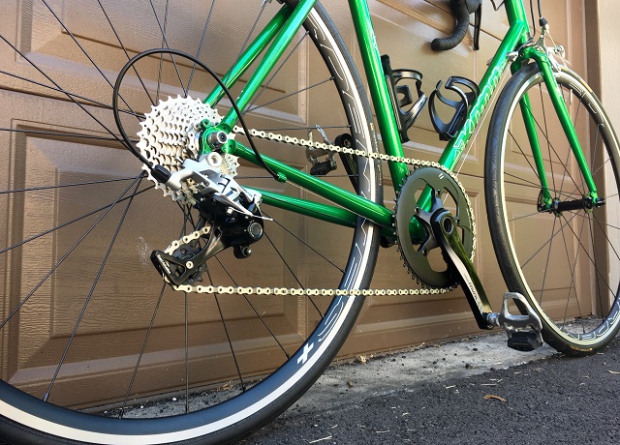
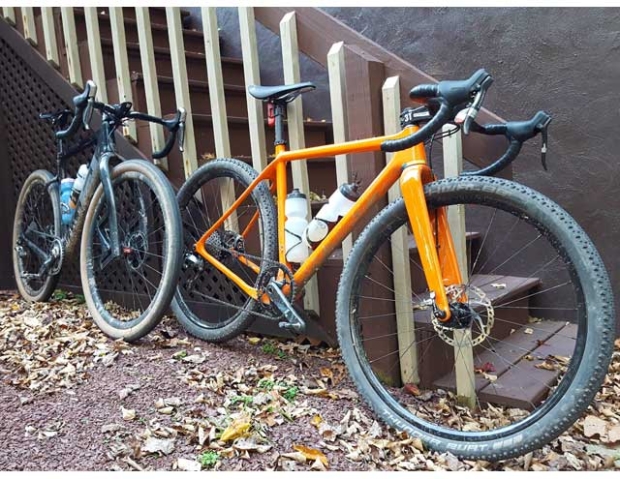
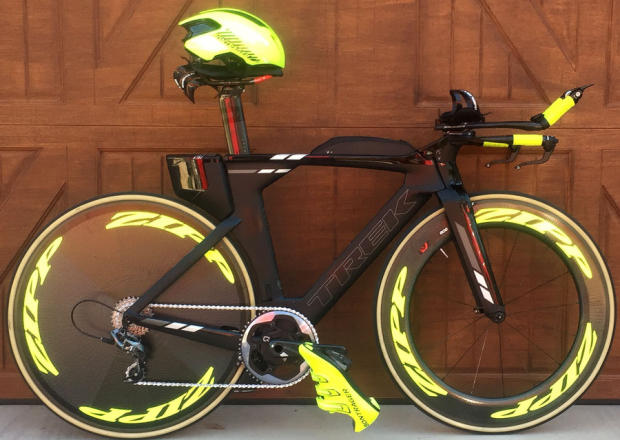
Start the discussion at slowtwitch.northend.network